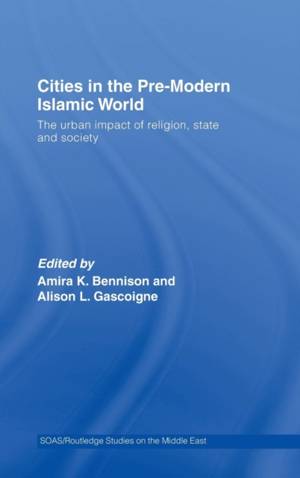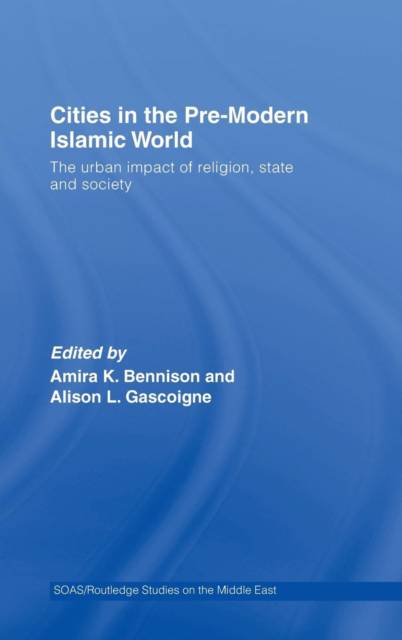
- Retrait gratuit dans votre magasin Club
- 7.000.000 titres dans notre catalogue
- Payer en toute sécurité
- Toujours un magasin près de chez vous
- Retrait gratuit dans votre magasin Club
- 7.000.0000 titres dans notre catalogue
- Payer en toute sécurité
- Toujours un magasin près de chez vous
Cities in the Pre-Modern Islamic World
The Urban Impact of Religion, State and Society
Description
This volume is an inter-disciplinary endeavour which brings together recent research on aspects of urban life and structure by architectural and textual historians and archaeologists, engendering exciting new perspectives on urban life in the pre-modern Islamic world. Its objective is to move beyond the long-standing debate on whether an 'Islamic city' existed in the pre-modern era and focus instead upon the ways in which religion may (or may not) have influenced the physical structure of cities and the daily lives of their inhabitants. It approaches this topic from three different but inter-related perspectives: the genesis of 'Islamic cities' in fact and fiction; the impact of Muslim rulers upon urban planning and development; and the degree to which a religious ethos affected the provision of public services.
Chronologically and geographically wide-ranging, the volume examines thought-provoking case studies from seventh-century Syria to seventeenth-century Mughal India by established and new scholars in the field, in addition to chapters on urban sites in Spain, Morocco, Egypt and Central Asia.
Cities in the Pre-Modern Islamic World will be of considerable interest to academics and students working on the archaeology, history and urbanism of the Middle East as well as those with more general interests in urban archaeology and urbanism.
Spécifications
Parties prenantes
- Editeur:
Contenu
- Nombre de pages :
- 246
- Langue:
- Anglais
- Collection :
Caractéristiques
- EAN:
- 9780415424394
- Date de parution :
- 26-07-07
- Format:
- Livre relié
- Format numérique:
- Genaaid
- Dimensions :
- 155 mm x 237 mm
- Poids :
- 512 g

Les avis
Nous publions uniquement les avis qui respectent les conditions requises. Consultez nos conditions pour les avis.





